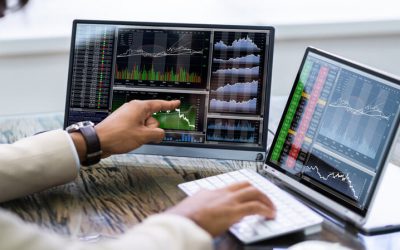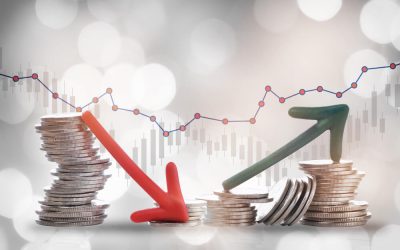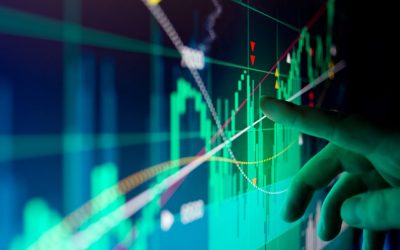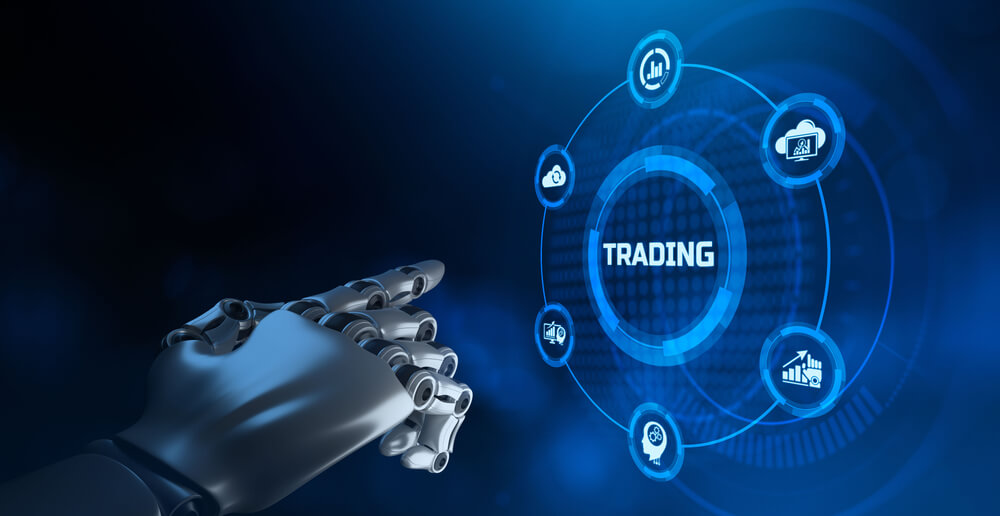
Today, trading robots play a central role in the world of financial markets. These software programs are designed to automatically execute transactions based on predefined algorithms and strategies. They possess the capability to analyze extensive data, make swift and accurate decisions, and execute transactions at remarkable speeds.
Article content
History and Development of Trading Robots
The history of trading robots begins with simple algorithmic models used to automate certain trading operations. As technology advanced and understanding of financial markets deepened, these tools became more complex and multifunctional. The introduction of artificial intelligence and machine learning has allowed the creation of systems capable of independently adapting to changing market conditions and optimizing their trading strategies.
A key moment in the development of trading robots was the emergence of high-frequency trading (HFT) technology, which enabled the execution of a large number of transactions in very short time intervals. This led to a significant increase in the efficiency and speed of trading operations, as well as an increase in market liquidity.
General Principles of Trading Robots
Trading robots are complex software solutions designed for automatic trading in financial markets. They operate following pre-set algorithms and parameters determined by their users. These parameters include specific market indicators such as price, volume, time, and other technical indicators.
Their primary function is to monitor market data, execute transactions based on specified criteria, and respond to market changes by buying or selling assets. Thus, trading robots can operate 24 hours a day, ensuring continuous trading without human intervention.
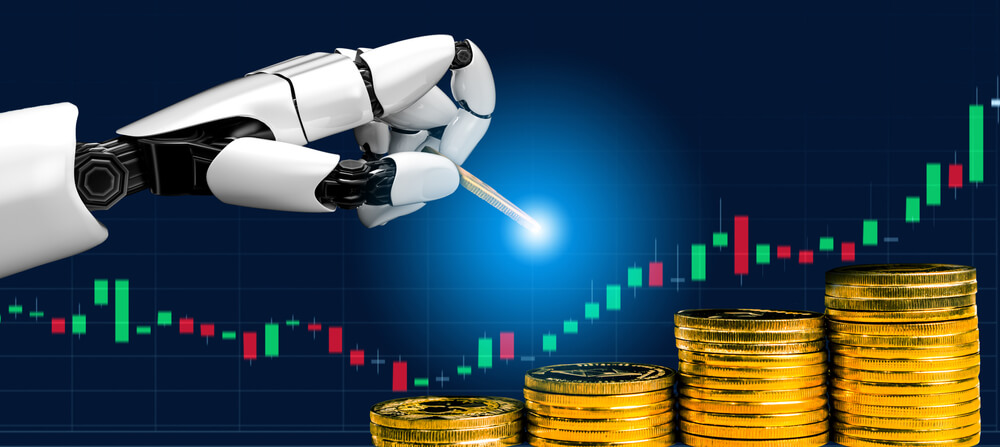
Types of Trading Robots
Trading robots come in various types, each designed for a specific market and equipped with distinct trading strategies. Let’s explore some of the main types.
1. Forex bots:
- Used to trade Forex, the market known for its high liquidity and round-the-clock activity.
- Forex bots analyze market trends, currency quotes, and news to automate buying and selling currency transactions.
- They can employ various strategies, including scalping (short deals) and long-term investments.
2. Crypto robots:
- Specialize in the cryptocurrency market and have algorithms capable of adapting to sharp price changes.
- They can perform automatic hedging, arbitrage, and operate on multiple cryptocurrency exchanges simultaneously.
3. Algorithmic robots:
- These robots use complex mathematical models to automate strategies based on technical analysis, news, and other market indicators.
- They can be customized for different market conditions and individual trader preferences.
4. Advisory robots:
- Provide recommendations and market analysis but do not automatically execute trades.
- They can be integrated with trading platforms and offer strategic advice.
5. Arbitrage robots:
- Arbitrage robots find price differences between exchanges or instruments and automatically execute profitable trades.
6. Social trading robots:
- Based on copying the strategies of successful traders.
- A user can choose an experienced trader and automatically copy their trades.
Each of these robots has its features and is designed to work in different markets and use different strategies.
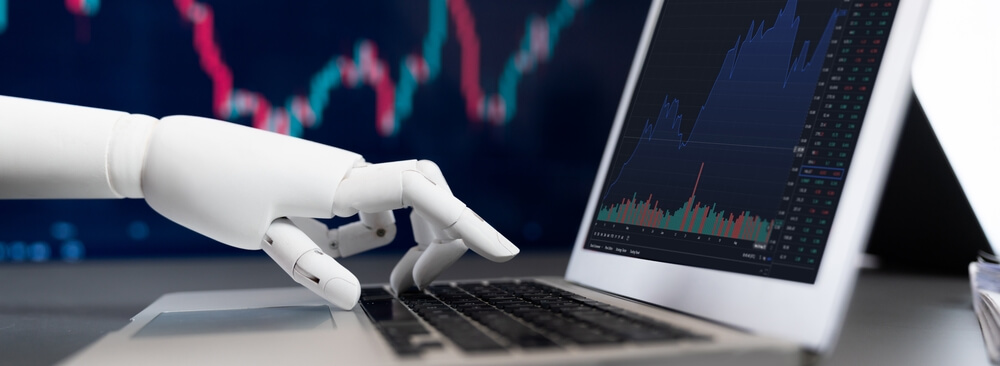
Advantages and Disadvantages of Trading Robots
Advantages
- Efficiency. Trading robots can process vast amounts of data, much faster than humans. They are capable of instantly analyzing the market and making transaction decisions, significantly increasing trading efficiency.
- Speed. Bots can instantly react to changes in market conditions and execute transactions much faster than any human.
- Elimination of emotional factors. Trading robots follow a strategy and execute trades without being influenced by fear, greed, or hesitation, which helps avoid many mistakes caused by emotional decision-making.
- Continuous trading. Robots can operate around the clock, trading for you even while you sleep or are busy with other tasks.
Disadvantages and Risks
- Technical failures. Like any software, trading robots are subject to failures, such as internet connection problems, errors in the software code, or hardware malfunctions. This can lead to undesirable transactions or missed opportunities.
- Limitations in unpredictable events. Robots are effective in conditions for which they were programmed. However, they may struggle with unexpected market events or extreme volatility as they lack human intuition and flexibility.
- Over-optimization. There is a risk of “over-training” the robot when it is optimized to work in specific historical market conditions, which may reduce its effectiveness in the future.
- Security. Automated trading increases cybersecurity risks, as hacking attacks can lead to loss of funds or theft of trading strategies.
Thus, the use of trading robots has its clear advantages in terms of efficiency and speed, but it is also associated with certain risks and disadvantages that are important to consider.
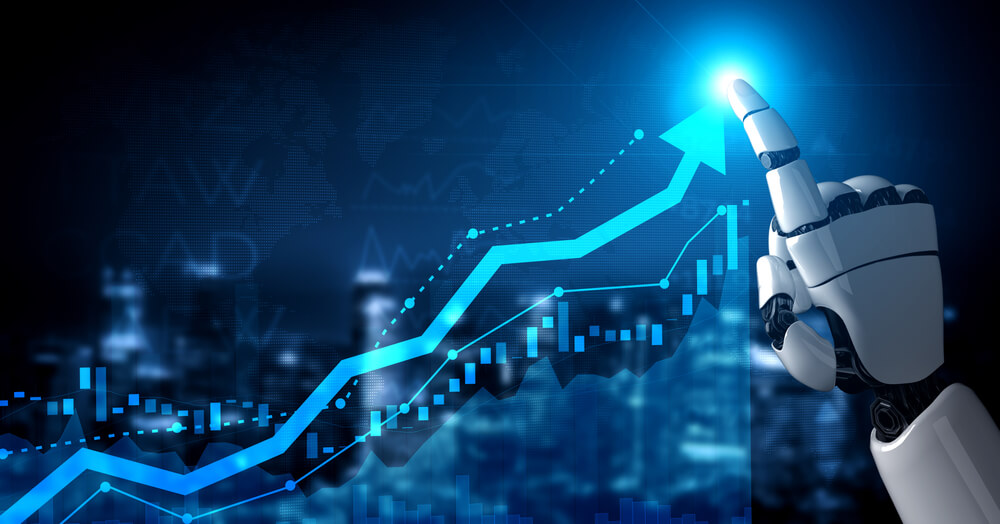
Guide to Setting Up Robot Parameters
- Choosing a trading strategy. The first step in setting up the robot is to choose a trading strategy that matches your goals and risk tolerance.
- Setting trading parameters. Set parameters such as lot sizes, stop-loss and take-profit levels, and other capital management parameters.
- Testing and evaluation. Before launching the robot in real trading, it is important to perform backtesting on historical data to assess the effectiveness of the strategy.
- Setting indicators. Adjust the technical indicators that the robot will use according to the chosen strategy.
- Adapting to market conditions. Regularly review and adjust the robot’s parameters in accordance with market changes.
Security Measures to Protect Against Losses and Fraud
- Account security. Protect your account with a unique password and two-factor authentication. Never share your credentials with anyone.
- Protection against viruses and fraud. Install antivirus software and keep it up to date. Beware of fake websites and emails that may be fraudulent.
- Data backup. Regularly create backups of data and robot settings to avoid losing important information.
Trading robots play a significant role in the modern economy and financial industry. Their efficiency levels the playing field, enabling traders to participate in trading on equal terms with major market participants.
We have selected for you trading robo-advisors that have demonstrated the best results in real market conditions. Follow the link to explore their performance and download the ones you like.
Recommended reading:




